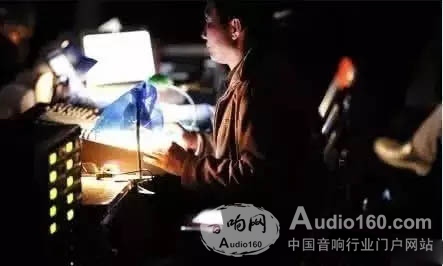In recent years, with the rise of small theater dramas, the major creative elements in the theater have made great breakthroughs, especially the innovative performance of stage sounds. So, how should the stage sound in the small theater be designed, system built and manipulated? The technical stickers brought by Xiaobian today are the solution to the problem, and they are shared and referenced by the peers who work in the front line. First, the sound design features 1, small The prominent feature of the small theater drama is a "small" character. This not only means that the performance venue of the small theater drama is relatively small, and the scale of the performance is also small. Generally speaking, the audience capacity of small theater drama venues is less than 200, and the actors have only one or two people at least. As the "creation hero", the main creation department is small and fine, so its investment cost is quite low. The investment cost is low, the risk is reduced, and it is easy to close in time. Most of the small theater dramas in the market are invested by private capital and are responsible for their own profits and losses. These characteristics also directly affect the sound design of the small theater drama. 2. Combination of representationality and ideology The sound design of the drama is mainly for the design of sound and music, and rarely involves language. The sound of the drama is mostly used for appearance, such as wind, rain, thunder, electricity and other weather phenomena, or some sounds in life: doorbells, telephones, toilets, etc. These sound points should match the actor's performance rhythm and form a tacit understanding with the actors. On the contrary, the music of the drama is mostly ideographic. It is mainly used to render the storyline, express the inner feelings of the character, use the original music to be more free in the choice of the length of the music, and sometimes use the copyright music to properly edit the length of the music, which is compatible with the needs of the story. In the small theater dramas, the original music is rarely used in the sound design. Most of the creative teams use the existing copyright music to recreate. However, in China, the protection of intellectual property rights is not perfect, so music copyrights are not too much noticed. It is often the right music to move over and use, not to consider copyright issues. This is also the helpless choice of many small theater drama creation teams. 3. Visualization For example, try to use cheerful and lively music when it is a simple and funny story; when the story describes the love of death, you may wish to use passionate music; when the protagonist is a young girl, you can play with instruments such as piano and violin. Music, when the protagonist of the story is a passionate boy, you can use the music played by the deep cello. The music and sound of the small theater drama sometimes have intersections in use, so find a match between the two cut-in and cut-out, you can start with a similar sound, or start from the same rhythm. Using copyrighted music to match the type of drama, using a familiar song is not a good thing. 4, civilian Another "small" of the small theater drama is the "small" that expresses its story. It does not focus on macro subjects like the drama of the Grand Theatre, but focuses on people's livelihood and focuses on the hot topics of the society in the near future. Many small theater dramas describe the ordinary life and small stories of small people. Therefore, its music characteristics are also very civilian, and more popular style music, in order to better reach the audience, let the audience into the story theme as quickly as possible. In addition, the rise of the drama in the small theater is also due to the development of the “experience economyâ€. People walked into the theater and devoted themselves to the plot of the drama. In order to highlight the intimacy and popularity of the small theater drama, in addition to increasing the interaction between the actors and the audience, breaking the boundaries between the performance space and the viewing space, selecting some easy-to-understand audio and music can speed up the experience process and enhance the audience's experience memory. . 5, carnival The drama of the small theater drama is rich in elements, called "decompression drama". The main audience of such dramas is the white-collar workers in big cities. This class is under great pressure from work and life during the day. During the following hours, they go to watch a drama and want to seek temporary release in the drama, which makes the small theater drama have such a huge market. Many small theater drama creation teams are also under the banner of decompression and hilarious laughter. Sound design needs to follow this principle. Use funny and funny music bridges to match the actors' performances, or borrow the variety show production mode to use a variety of funny sound effects to add a humorous atmosphere to the drama performance. Modern small theater dramas pursue a kind of carnival. Even the interpretation of grief and sorrow often breaks the routine, so it is also necessary to make bold innovations in sound design. 6, the impact of sound design on the rhythm of the show The small theater drama is easy to dispatch and shrink because of the "small". Despite this, the rhythm of the drama will still be affected by the stage sound. From a microscopic point of view, a sound point, a concert affects the actor's performance rhythm. In the early stage of sound design, the sound designer will go to the rehearsal, probably understand the actor's performance rhythm in a certain place, choose the appropriate sound point and music. When the sound point and music are determined, the actor must adjust the rhythm of his performance according to the situation. Here the rhythm of the stage sound and the rhythm of the performance are a mutual relationship. From a macro perspective, the sound design of the entire work will affect the rhythm of the entire drama. This is evident in the small theater drama based on the stage sound. Many times, the stage sound is standing behind the scenes, but the innovation of the small theater drama is bold, it is very likely to break the convention, let the stage sound go to the stage through the actors' performances. In this case, the sound design needs to establish a whole design idea. Sound points and music in different locations will have an impact on the rhythm of the show. In the process of stage sound design, it is necessary to pay attention to the unification of style in order to make the color of the work, and lay the foundation for the work. Miscellaneous elements may seem rich, but often the sound design of the work is disorganized. Second, the system to build Any form of stage art performance has its own sound system. A suitable stage stage sound system should be able to display the acoustic environment of the drama, the sound characteristics of the actors, and the spatial effects of the sound music to provide a comfortable listening experience for the audience. The small theater drama performance space is small, so there is no need to build a very complicated sound reinforcement system. The actor does not need to wear a microphone, just use the most natural sound to let all the audience hear the lines. Actors sometimes go to the audience to perform or interact with the audience. This natural way of performance allows the audience to get into the story more quickly. Generally speaking, the domestic small theater drama performance venues are all in the form of leasing. The sound system of the performance venue is relatively simple, and some audio equipment such as speakers are fixedly installed. The performance team can generally use the existing audio equipment, but the sound engineer should adjust the acoustic environment of the performance venue according to the specific sound scheme of the drama before the performance, such as whether to increase the fullness of the low frequency, the layering of the sound and the sense of space. Mainly on the mixer to perform equalization and other related processing, add some sound effects processor to get the best sound effect. Unlike traditional theatre performances, there may be a dedicated music pool, with professional bands playing music for the drama. The performance of the small theater drama is more with modern multimedia means. The stage sound system of the small theater drama is very simple to set up. For example, the audio music is stored in the computer, or stored on the CD player as a backup for the safety of the show; the computer or CD player is connected to the mixer, the signal from the mixer enters the crossover, and then sent to the amplifier, and finally to the venue. In the speaker; during the performance, the computer is responsible for playing all the audio music, the mixer controls and adjusts the volume. Third, the sound control The control of the stage sound of the small theater drama is an important part of the entire stage sound, which determines whether the design of the entire stage sound can achieve the best results. Pay attention to the following points in the sound control: 1, choose a suitable player The sound engineer should choose a player that is most convenient for him to operate, and be familiar with all the features of the player, and form a kind of performance acquaintance. The music on the player should be arranged in the order of the performance, and the order of the arrangement cannot be disturbed at will. The playback mode of the music audio is preferably set to the "single play" mode, which can prevent the currently playing audio from automatically jumping to the next sound after the playback is completed, thereby emitting a sound that should not be emitted at this time. Appropriate fade time can make the two sound points transition smoothly, softly and naturally, without attracting the attention of the audience. It is necessary to edit the beginning and end of the two adjacent audio files to be clean, and there is no long time blank. Some re-edited audio files should be noted at the beginning of the audio when exporting. Do not leave too long a blank or press on the audio file. 2, pay attention to the volume control This is mainly to create a comfortable sound environment and achieve a good performance atmosphere. In the stage sound system of the small theater drama, the volume level is controlled by three levels: one is the volume of the computer, the second is the volume controlled by the mixer, and the third is the volume of the power of the amplifier. Generally, the volume of the computer is played and the volume of the power amplifier is controlled, and the volume of the mixer is adjusted in the actual performance. The volume output of the player and the volume output of the total sound card should also be equalized inside the computer. The right volume needs to be experienced by the sound engineer before the show, and then adjusted. The volume cannot be too loud, causing the sound to be overloaded, the audience to be uncomfortable, and not too small to overwhelm the atmosphere and affect the drama performance. 3, pay attention to the coordination of sound points and actors The sounds in the small theater dramas are sometimes also involved in the live performances. First of all, do not cover up the actor's language in the field volume control, especially when the music is rendering the actors' lines, the actors' lines are the subject, the music is only the background, so the audience can't hear the actors' lines. Then the sound entry point should be tacit with the actors, not fast, not slow, especially some short but very important action sounds such as: doorbells, gunshots, etc., the sound engineer needs to concentrate on the actor's performance rhythm when controlling Follow the actors' performances to play the sound.
Freezer Condenser
1. Material: Bundy tube (steel tube coated with copper)
2. Structure: Bundy tubes welded with steel wines
3. Painting: Cathode electrophoretic painting(black)
4.
Can produce according to drawing or sample supplied by clients, also
can help the clients design and produce different condensers.
Freezer Condenser,Freezer Condenser Unit,Deep Freezer Condenser,Fridge Freezer Condenser FOSHAN SHUNDE JUNSHENG ELECTRICAL APPLIANCES CO.,LTD. , https://www.junshengcondenser.com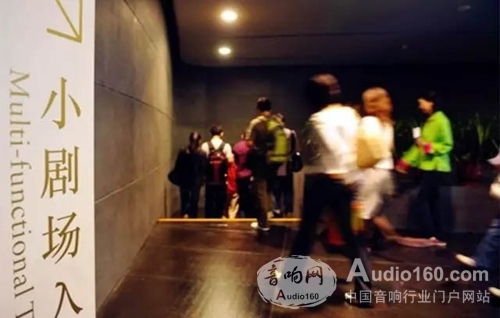

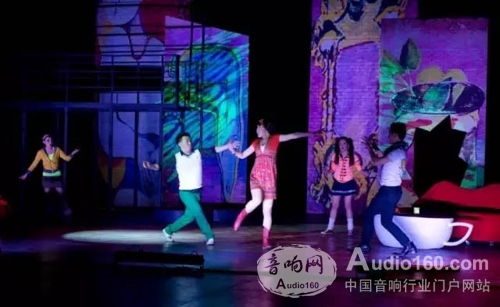
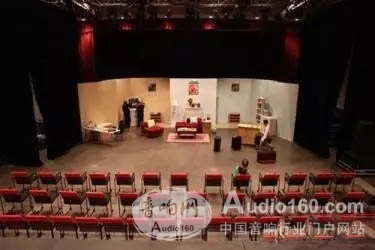
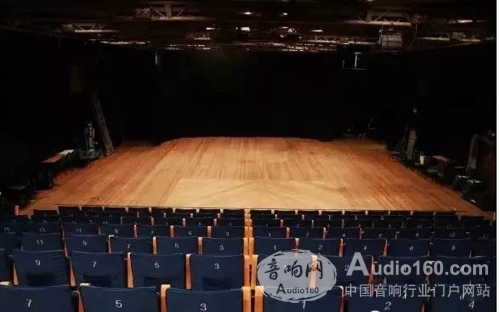
Get familiar with every shortcut of the player. During the performance, using shortcut keys is often more convenient and flexible than using a mouse. In particular, common shortcuts such as "play" and "pause" should be familiar. In addition, the performance of the small theater drama is more flexible and bold. The actors sometimes jump out of the play to communicate with the audience. The sound engineer should quickly find the required sound points according to the actors' performances.
Set an appropriate fade time for the player. This is mainly based on the final sound effect, and the experience value is about 800ms. The length of time that fades in and out is mainly set for two adjacent sound points. If the time setting is too short, the end and start of the sound point will make the audience feel very awkward; if the time setting is too long, it will affect the timing of the sound point playback. 